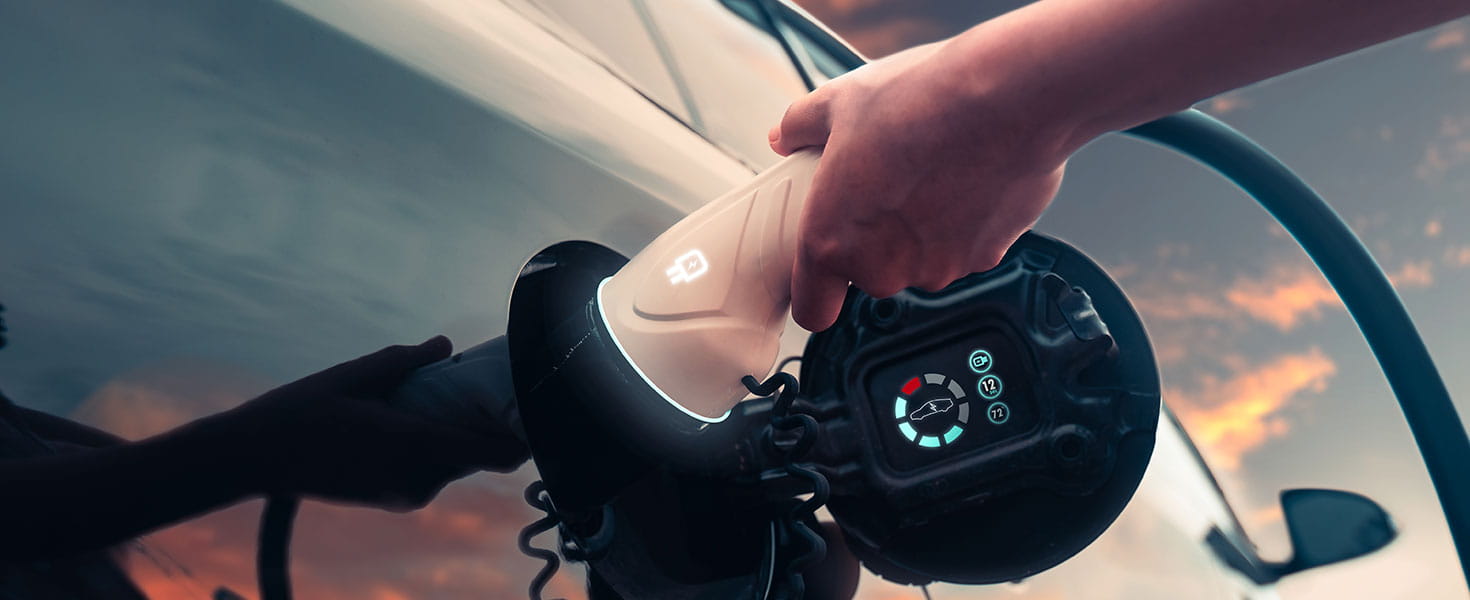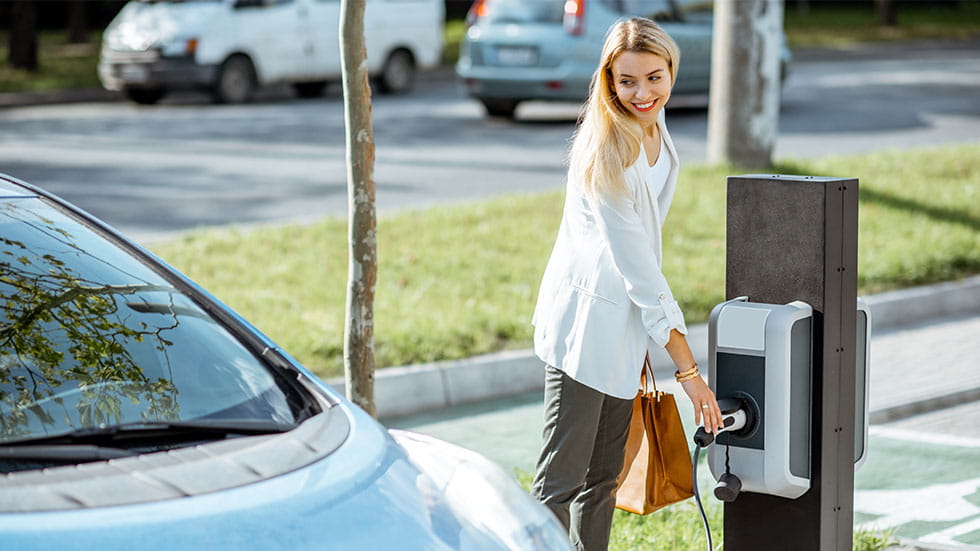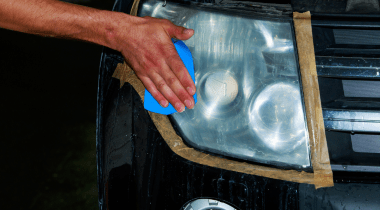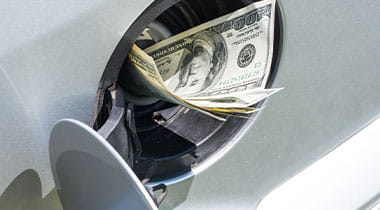Electric vehicles (EVs) may look and function like gasoline-powered cars, but when it comes to refueling, they are markedly different. A gasoline-powered vehicle takes just 5 to 10 minutes to refuel. An EV can take considerably longer.
Most EV owners recharge their vehicles at home or at work, but there are times when using a public charger is necessary. During those times, EV owners should follow these etiquette tips for hassle-free charging.
1. Use public charging stations only if you cannot charge at home or you are away from home. Observe posted time limits.
2. Move your car once it is charged. Most EVs will display the time needed to charge after you have plugged it in. Not moving your car immediately after charging is complete may deprive another EV driver of an opportunity to charge. It can also be costly since some charging networks fine you for this transgression.
3. Do not unplug another EV to charge your car unless the other EV displays a note giving permission to do so, often with the request that you plug their car back in once you are finished.
4. Do not charge at a public charger longer than necessary. Consider this scenario: You are 50 miles from your home, where you have an EV charger, and your range has fallen to 40 miles. A full charge at a Level 3 fast charger would take you 250 miles and require nearly an hour to charge, but you only need 20 or 30 additional miles. For that limited mileage, you’d tie up a charger for less than 10 minutes, making it quickly available for another user. Once home, you can recharge fully.
5. Don’t allow the charging cable to touch the ground. If you do, it can pick up dirt, especially in the rain or snow. On a motorized charger that pulls the cable back into its case when you are done, the dirt, water or snow can jam the unit, making it impossible for the next EV driver to charge.
On units that use a manually coiled cable, unwinding too much cable so that it rests on the ground can make handling it messy for you and future users. For the same reasons, do not drop the plug on the ground, either.
6. If the charger you are using requires that the cable be manually wound, do this neatly to avoid creating a trip hazard. If there is a holder for storing the plug, use it.
7. Don’t park in a charging spot when you don’t need to charge. EV spots are for charging; they are not reserved spots for EV owners to use for other purposes.
8. Keep a level head if you encounter a gasoline-powered car—not a hybrid—parked in a spot reserved for electric vehicle charging. It could have been an honest mistake. If you wish, however, you can contact the management of the parking lot where this transgression has occurred. In addition, some police departments will issue a parking ticket when a non-electric vehicle blocks an EV charging slot.
9. Offer to pay for electricity if you charge while you are visiting a friend. Some EVs will display the number of kilowatt-hours that a charging session has consumed. To reach a fair payment, multiply this number by the cost of a kilowatt-hour of electricity in your area.
With fewer public EV charging stations than there are gas stations, heeding these rules of etiquette can make EV ownership more practical and more pleasant. Many auto experts predict that EVs will make up half of all new vehicle sales by 2030, so an EV may be in all our futures.

















